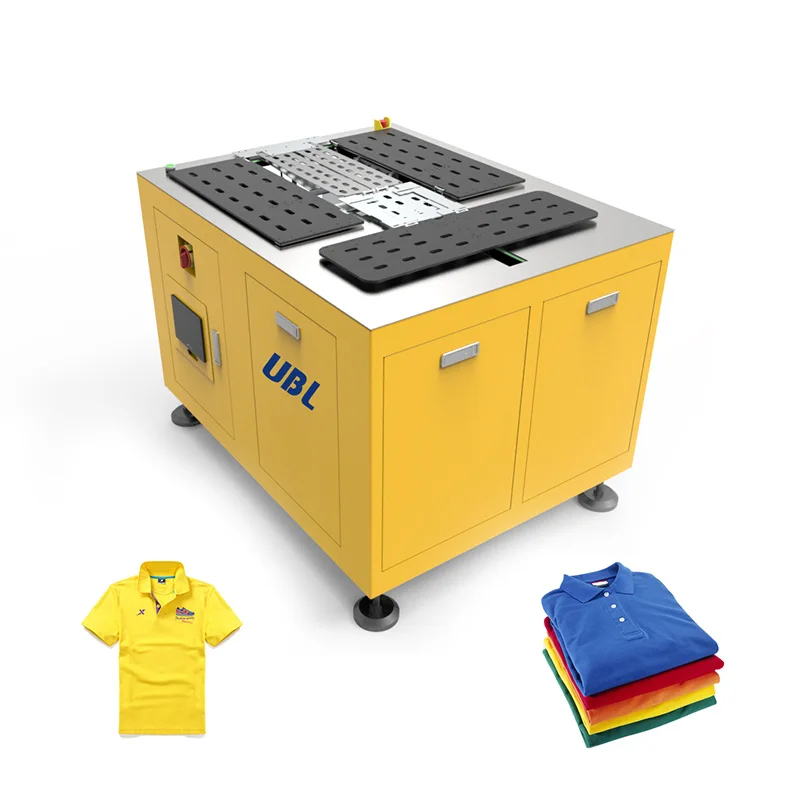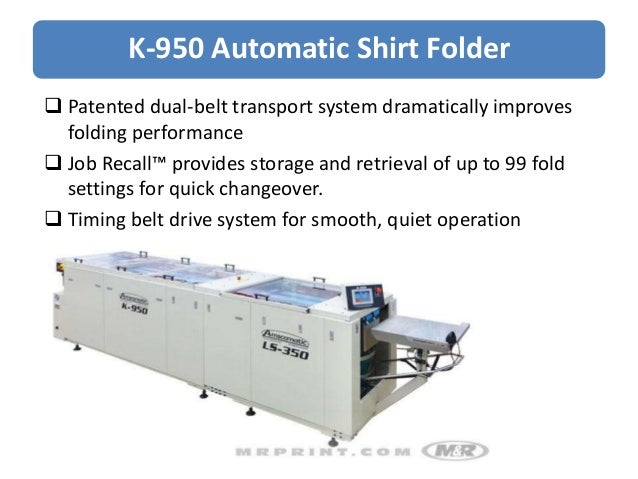
After defining these needs the functional specifications and the requirement list can be fulfilled. The needs can be split into two different approaches, objective and subjective. Once these basic questions have been answered it Is necessary to develop the needs identification. To allow the customers to fold their clothes in a faster way, in a single attempt and always in the same way.To which purpose this product has to be developed?

The product interferes with the user and with the people benefiting from it.ĥ.It interferes with washed and dried clothes that have to be folded and with the table or surface on which it is placed or fixed.

Consequently, consumers can be people of any age who are trying to optimize their time in the best possible way.
The type of consumers this product is aimed at are families, students and workers who, in the hustle and bustle of their daily activities, find themselves with little time for this type of activity. Remove the T-shirt once folded by simply sliding it into a hamper or laundry box. Fold the T-shirt using two different mechanisms depending on the type of shirt. Recognize the presence of a T-shirt and the type (in this case short or long sleeves, such as a sweatshirt or jumper). What's the utility of the product? Who can benefit from this design? The easier way to do it is answering some questions that will give an approach of what the product should be, according to basic market demands. Therefore, the needs that the product will have to satisfy should be identified. The first step is the tasks clarification, which consists of doing a functional analysis of the product which is going to be developed. Once the main idea of our project has been described, it is time to proceed with the actual product development. Then the folding mechanism is implemented according to the type of garment and once the shirt is folded (3 steps for short-sleeved shirts, 5 for long ones) a pulley mechanism slides it directly into a bag or clothes basket depending on how the consumer prefers. Similarly, a sensor located in one of the side modules recognizes whether it is a long or short-sleeved T-shirt. The idea is the following: once the T-shirt has been placed in the correct position, a photoresistor detects its presence. In short, why waste time doing this task when there is a machine that can do it for us in less time and in the same exact way? This is the reason why we believe that our prototype, although performing a simple function, once well developed can play a relevant role in the daily life of many people and in the market. #AUTOMATIC SHIRT FOLDER FACTORY HOW TO#
The objective of this project is to describe how to build and assemble a machine that can recognise the type of T-shirt to be folded and on the basis of this fold it so that it can be directly placed in our wardrobe or suitcase according to the consumer's needs. Initially, it may be seen as a way to overcome laziness, but its functionality can certainly make many people's lives more comfortable. Hence the idea of a robot capable of folding your T-shirts. So why fold clothes when there is a machine that can do it for you? All that's left to do is sort out and organize your folded clothes in your wardrobe.

Surely everyone finds this stage rather tedious and annoying. Everyone after doing a washing machine has a pile of clothes to fold and put away in his wardrobe.







 0 kommentar(er)
0 kommentar(er)
